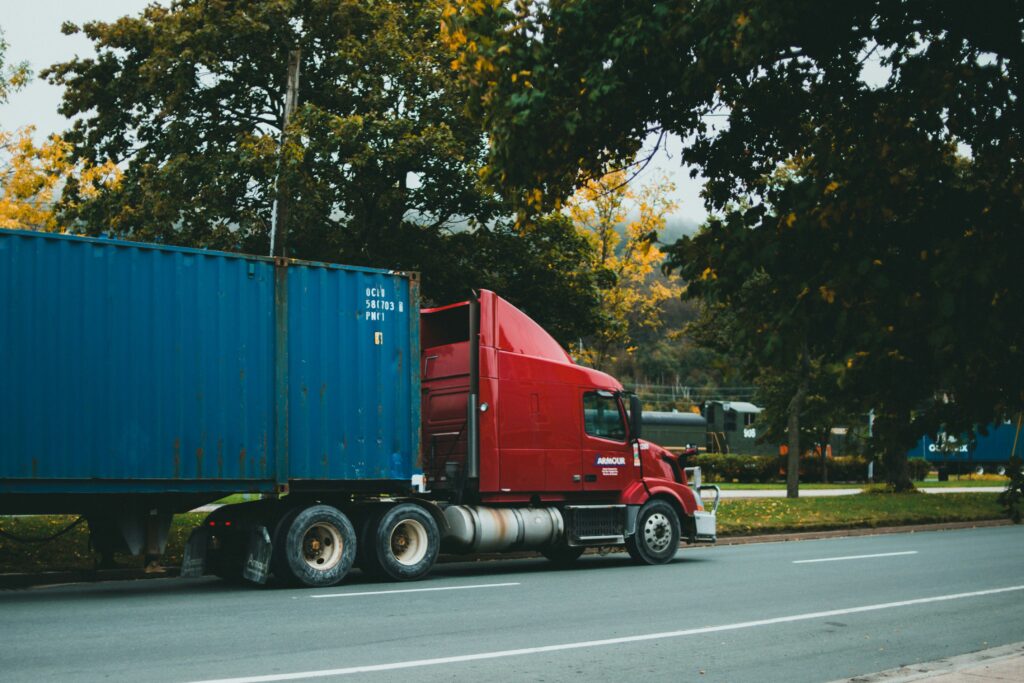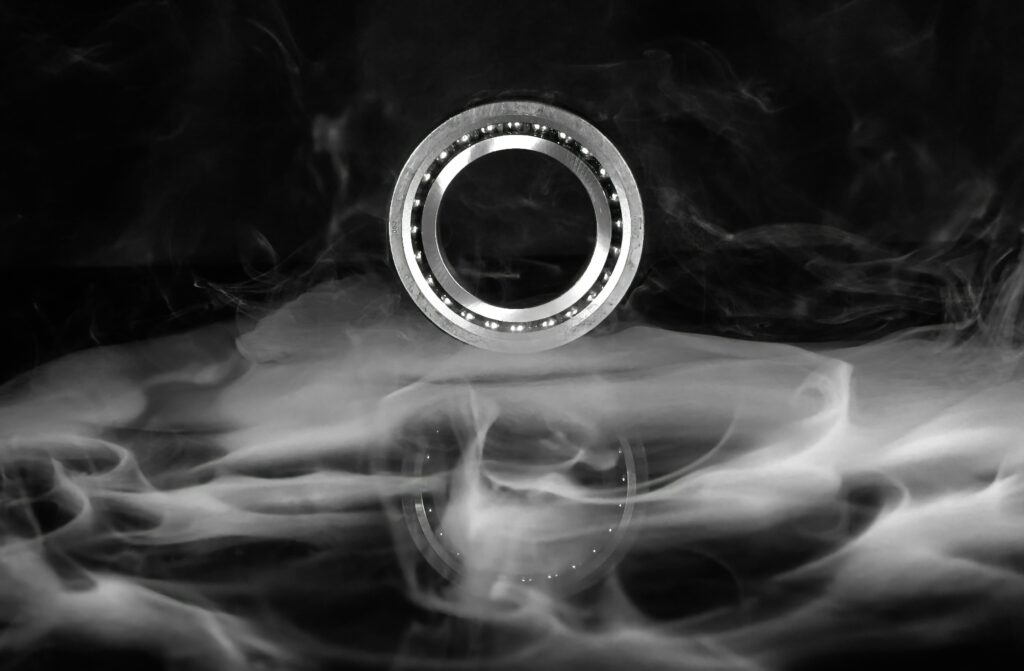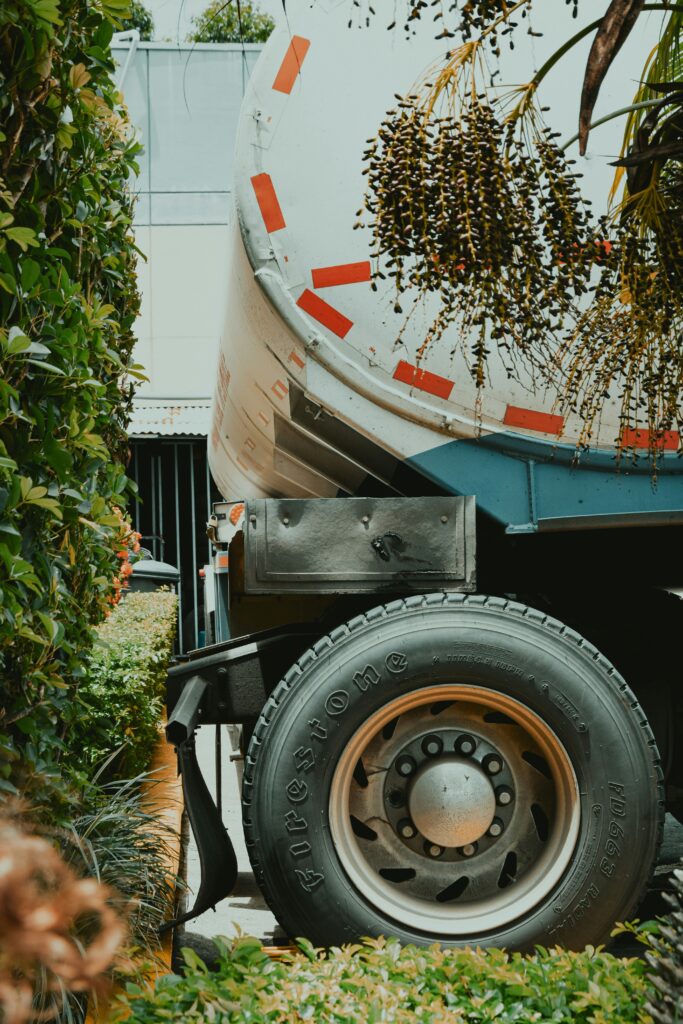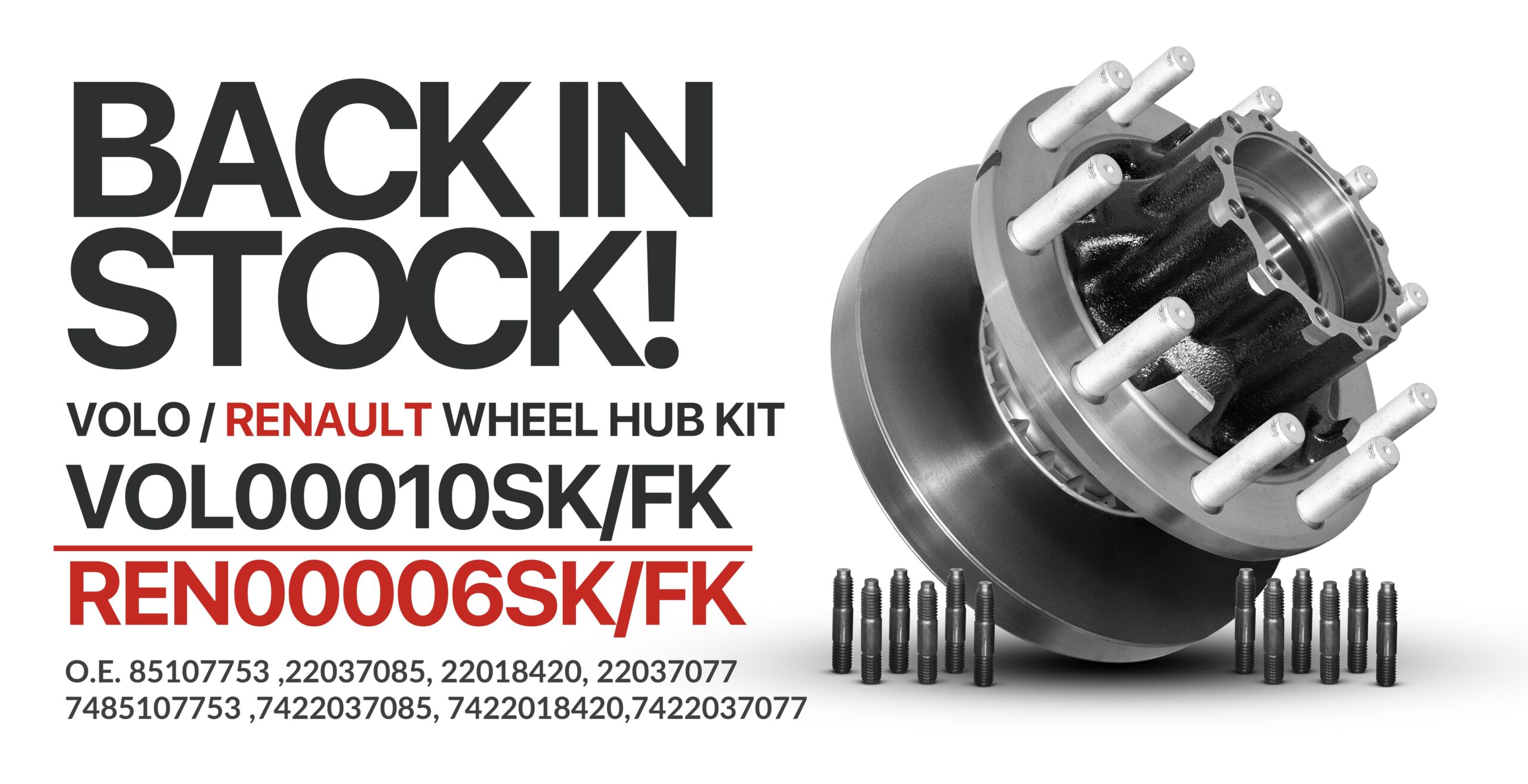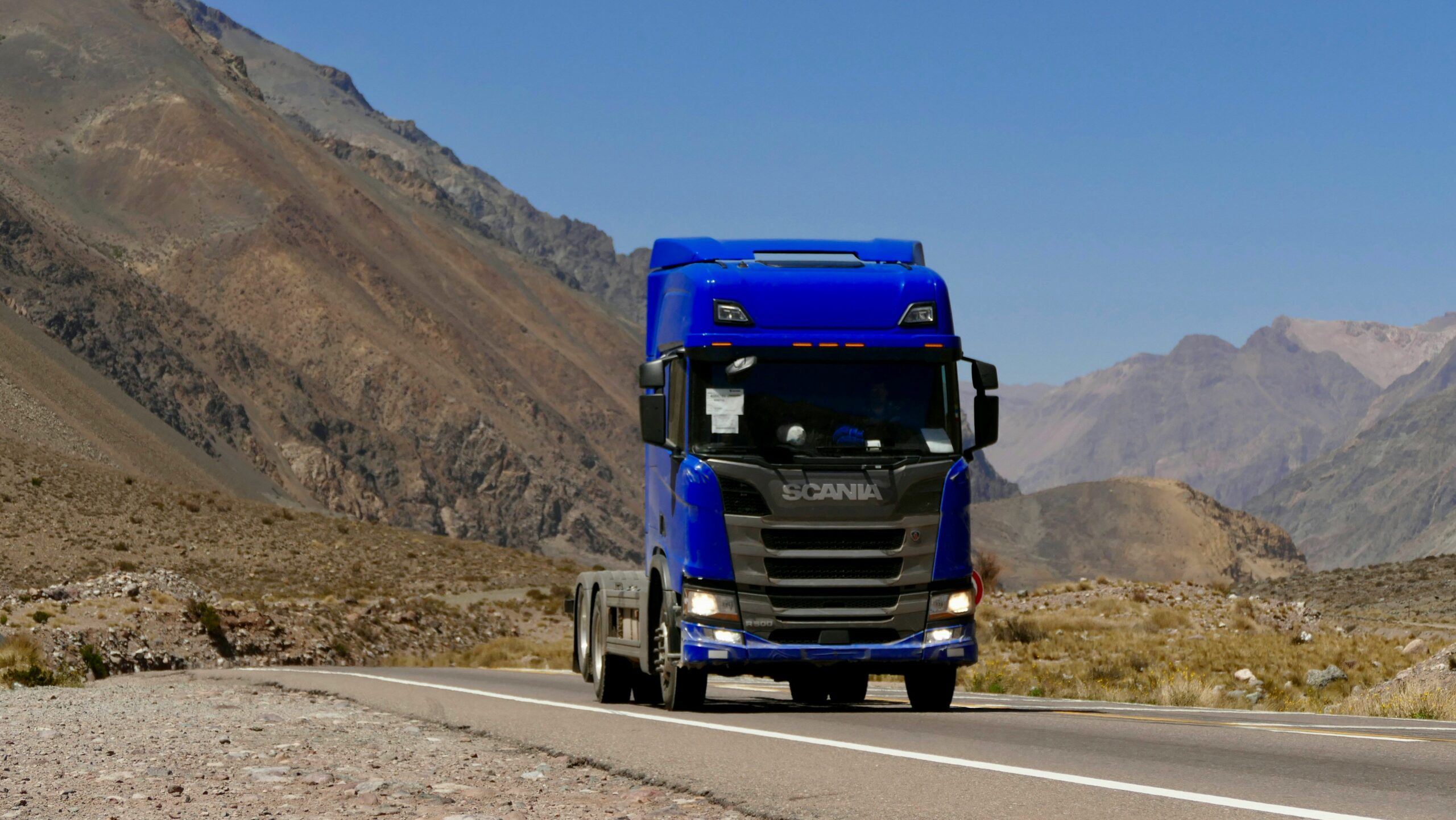
Scania is one of the leading names in commercial vehicle manufacturing. Combining Scandinavian engineering tradition with a commitment to innovation, Scania trucks are highly popular with UK hauliers and fleet managers. Providing a stable, responsive, and reliable driving experience, Scania trucks prioritise driver comfort. Scania has a long and rich history that stretches back to the 19th century. In fact, the history of Scania goes back to the beginning of truck manufacturing in Sweden and Scandinavia. Over the decades it’s undergone numerous changes and developments while retaining its values of craftsmanship, engineering excellence, and innovation. Like many iconic truck manufacturers, the company was impacted significantly by the two world wars and has undergone significant changes of ownership and focus over the decades. How did Scania begin and who owns Scania today?
Scania history: the beginnings
Scania was founded in 1911 following the merger of two companies. Vagnfabriks-Aktiebolaget i Södertelge (Vabis) was founded in December 1891 building wagons for the expanding Swedish rail network. The company operated from the Swedish town of Södertälje where Scania is still headquartered today. In 1897, the Vagnfabrik, which translates as wagon factory, began developing engines as well as full vehicles. This resulted in the company presenting its first truck at the Stockholm Automobile Exhibition of 1903.
At the time, demand for railway wagons was starting to decline, and the costs incurred in developing the new factory resulted in the company maintaining losses for several years.
Meanwhile, in the southern Swedish city of Malmö, the Maskinfabriksaktiebolaget Scania company launched five vehicles onto the market in 1902/03 using the model name Scania Type A. To streamline costs, this initial Scania vehicle production used components from other manufacturers.
The Scania brand took its name from the historic region of southern Sweden in which it was based and which was once part of the Kingdom of Denmark. The company originally manufactured bicycles before their move into vehicle production in the early years of the 20th century.
In 1910, the Vabis parent company decided to dispose of the automotive division that had proven highly capital-intensive. At the same time, Scania was looking for realistic ways to expand its production as demand for its vehicles continued to increase. This resulted in the 1911 merger between the two companies, with the new consolidated company taking the name Scania. Trucks continued to be manufactured in Malmö while the development and production of light vehicles continued in Södertälje
Development and production of engines and light vehicles were set to Södertälje, while trucks were manufactured in Malmö.
A new company emerges
The outbreak of the First World War saw all of the company’s output being diverted to the Swedish army, providing enough profit by 1916 for the company to make significant investments in both of their production facilities. They also established subsidiaries in Denmark and Norway, making them a truly pan-Scandinavian operation.
However, following the war the market for trucks was flooded by the release of decommissioned military vehicles, and by 1921 the company was effectively bankrupt.
Financial consolidation took place at the end of 1921, with the founding of a new company adopting the name and assets of the old one. Capital for the foundation of the new company came from Stockholm’s Enskilda Bank, then owned by the famous Swedish industrialist Wallenberg family. Despite no longer having a controlling interest in the company, the Wallenbergs currently oversee a business empire worth over $250 billion.
Throughout the 1920s the main growth factor for the company was the production of buses, receiving significant orders from the Stockholm transport corporation. The company was instrumental in the development of “the Bulldog Bus” which had its engine and driver’s cockpit integrated into the passenger compartment. This was to become the dominant bus design used in Sweden for decades.
Innovation was happening at pace across the emerging truck manufacturing industry, helping Scania-Vabis to develop and adapt. New engine technologies were transforming what was possible, leading to a highly competitive and fast-paced marketplace where many companies fell by the wayside.
During this period, Scania-Vabis found it challenging to compete in the competitive market for lighter standard trucks, lacking both the machinery and technical expertise to build at scale. Instead, the company decided to concentrate on making heavy trucks between 1.5 and 4 tonnes.
A commitment to innovation saw the company release the first ‘high-speed’ truck that was capable of reaching 40 kilometres an hour. While modest by today’s standards, this represented a doubling of the current top speed of the existing model range. The company also developed a range of special-purpose vehicles with hydraulic tippers and automatic sand spreaders. In 1931, the company sold 179 trucks.
Scania-Vabis made an engineering breakthrough in 1932 with the development of the Hesselmann engine. This was initially built under licence before becoming the template for the design of an in-house diesel engine with a 7.7-litre capacity and 120 horsepower. As well as offering more power, it was also capable of running on petrol, diesel or raw oil, and was fitted into the company’s buses and trucks from 1936.
Like most manufacturers of the period, the company was still specialising in one-off vehicles, reducing the potential for cost reductions and mass production. The Second World War forced changes across the vehicle sector, even in neutral Sweden, with the company developing standardised units for the production of military vehicles.
After the war: Consolidation and growth
At the end of World War Two, the company’s production had expanded significantly with the company employing over 1000 people. This growth was to continue in the decades immediately after the war, with the company beginning to compete with Volvo following the introduction of the L71 Regent Truck in 1954.
This growth continued as the company invested in its dealer network and workshop facilities across the country and by the end of the 1950s it had achieved a 70% market share for the heavy truck sector. During this period the company also saw significant export growth, going from being a company largely supplying vehicles within Sweden and Scandinavia to becoming truly international. During the 1950s, exports increased from 10% of their output to 50%, with Scania trucks being increasingly seen on the roads of the UK. The stage was set for a new era in the history of Scania.
International Production
Until the end of the 1950s all Scania-Vabis production had taken place at the company’s Södertälje base, but increased global demand saw the company invest in overseas production. The huge distances covered by hauliers in Brazil saw the company becoming a significant market for heavy trucks and inter-urban buses that could cope with the country’s mountainous roads.
In 1957 a Brazilian subsidiary was set up and started assembling some vehicles themselves in 1958. In 1959 a new engine plant was established in São Paulo, and by the beginning of the 1960s, the Brazilian subsidiary was assembling all of the vehicles themselves. A strong presence in the Netherlands saw the Scania-Vabis construct a new plant in Zwolle in 1964, opening the way for the company to enter the German and French markets. Over time, the company would also manufacture trucks in places as far afield as Botswana, the USA, and South Korea.
As the company continued to grow employee numbers gathered pace helping to double the population of Södertälje.
In 1968, the company was rebranded as Scania, with a new logo and the launch of a new range of trucks.
Changes of ownership
In 1969, Scania merged with Saab AB, forming Saab-Scania AB which was a feature of the heavy truck market until it split in 1995. After this split, the bus and truck division changed its name to Scania AB, with the company finally being floated on the stock exchange. During the early years of Saab-Scania AB, factory capacities in the Netherlands and Brazil saw considerable expansion. By 1977, Brazil was the biggest selling market for the company and by the start of the 1980s, over 90% of its production was being exported.
A new truck range was launched in 1980, featuring engines, gearboxes and axles, as well as the frames and cabs being developed using a modular system. Trucks weighing between 16 and 36 tonnes could be fitted with a choice of three engines, three classes of chassis and one of four different cab models. This enabled customisation to meet the particular needs of customers. Special maintenance programs were developed in conjunction with fleet customers that helped to minimise off-the-road periods as a result of breakdowns.
The launch of the turbo compound engine in 1991 utilised a power-recovery turbine to boost power while cutting fuel consumption. The introduction of aerodynamic streamlined cabs also aided energy efficiency.
In 1999, Swedish rival Volvo announced that it had agreed to acquire a majority share in Scania. Had this taken place it would have created the world’s second-largest manufacturers of heavy trucks behind Daimler Chrysler. The merger was blocked by the European Union on competition grounds as it would have resulted in a single company having 100% market share in the Nordic region.
In 2006, the German truck maker MAN AG launched a hostile takeover bid for Scania AB. This bid failed but in 2008 MAN increased their voting rights in Scania to 17%.
Who owns Scania today?
Today, Scania AB is 100% owned by Volkswagen Group where it forms a key part of its commercial vehicle subsidiary, Traton.
When did VW take over Scania?
Volkswagen acquired ownership of Scania in stages following the aborted takeover attempt by Volvo. In 2000, the company purchased Volvo’s stake in Scania, increasing it to 36.4% in the first quarter of 2007. This was followed by buying out AB in March 2008, a move which saw its share of the company increase to 70.94%. This saw Scania effectively become the ninth marque in the Volkswagen group. On the 1st of January 2016, Volkswagen acquired total ownership of all shares in Scania AB.
How much did VW pay for Scania?
The acquisition of Scania was one of the largest in Volkswagen’s history at the time. The total purchase price for Scania amounted to approximately €6.7 billion. This investment reflected VW’s belief in the long-term potential of Scania, along with a commitment to supporting its expansion and global market reach. Scania has been able to leverage the substantial global resources of Volkswagen to drive advancements in technology and product development.
Is Saab made by Scania?
Saab and Scania were part of the same company for over a quarter of a century, spearheading a range of developments across the wider industry and growing market share. The companies split in 1995, with Saab’s fortunes taking a downturn with various ownership changes and financial challenges. The company eventually filed for bankruptcy in 2011.
Scania truck components from CV Hubs & Bearings
At CV Hubs & Bearings, we’re specialists in all things HGV wheel hubs. Our experienced team is always on hand to answer any questions you may have. We stock an extensive range of Scania truck wheel hub components to ensure your Scania trucks can stay on the road for longer.
Contact us to find out more about our services and to request a quote.
Back to news